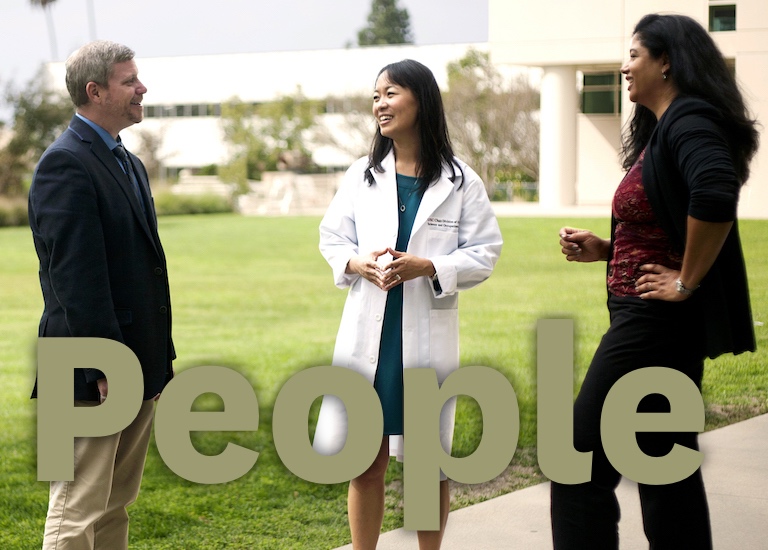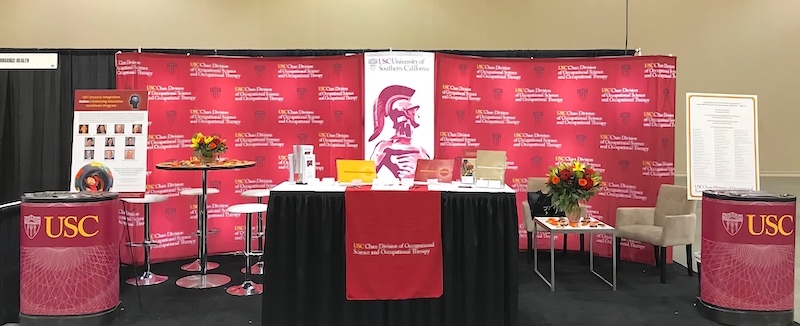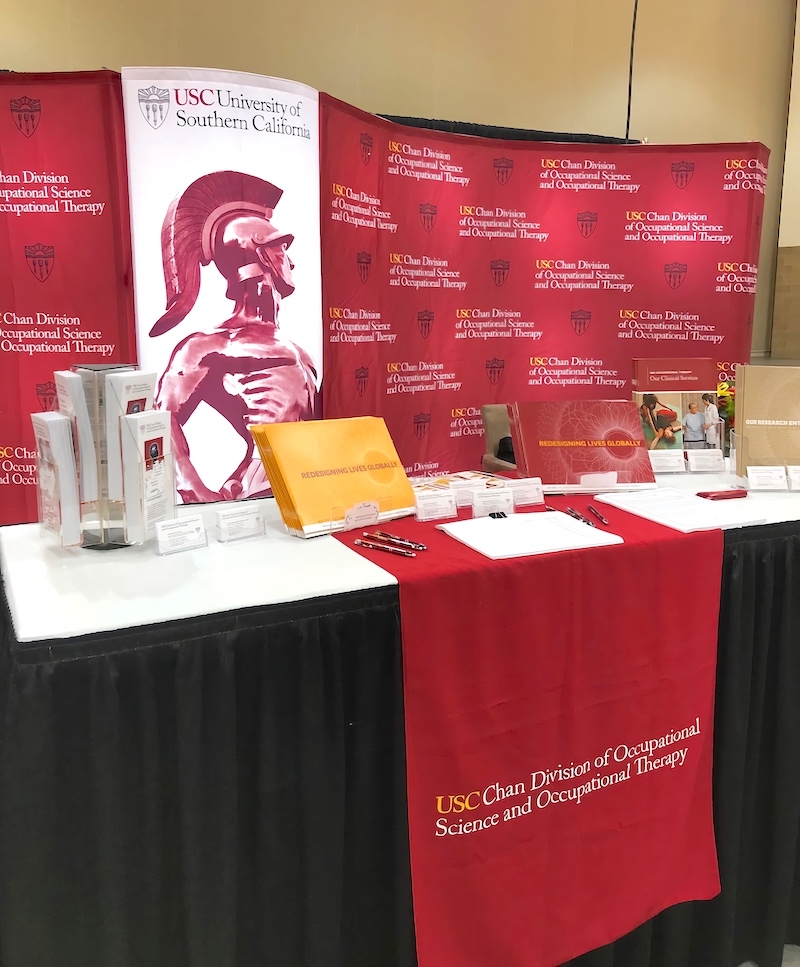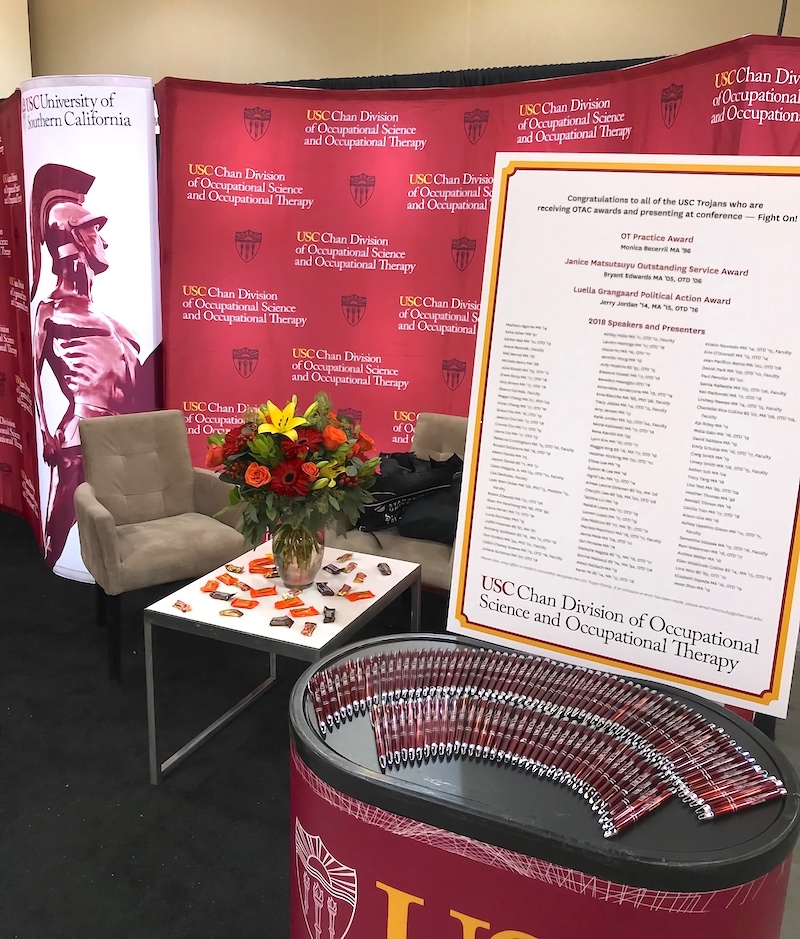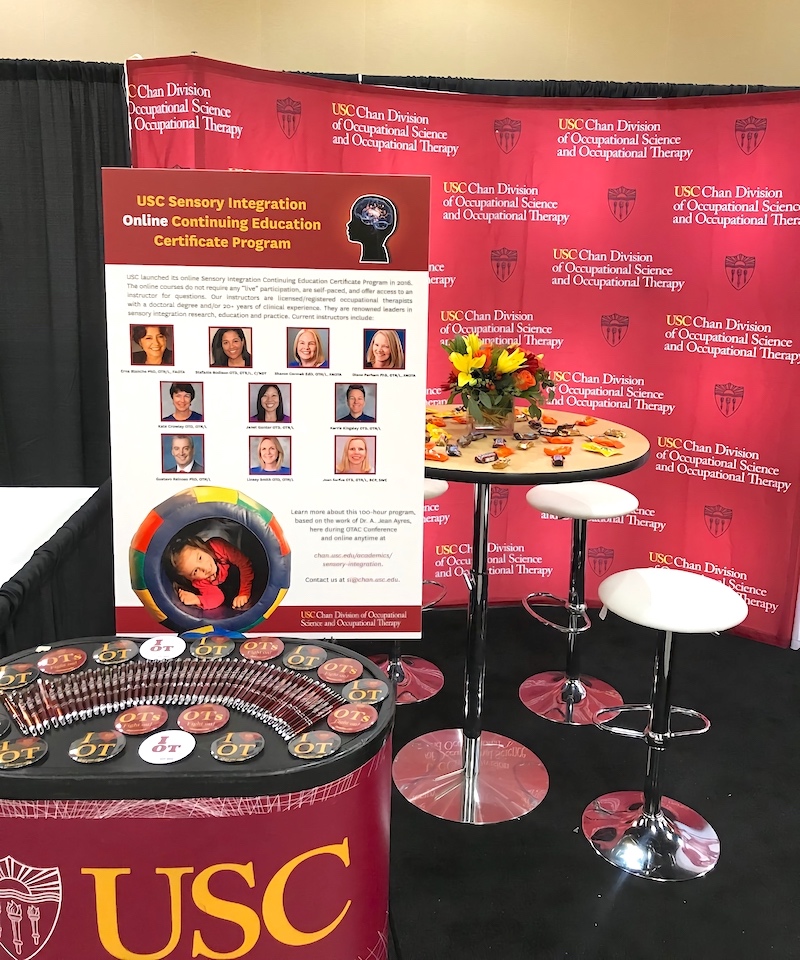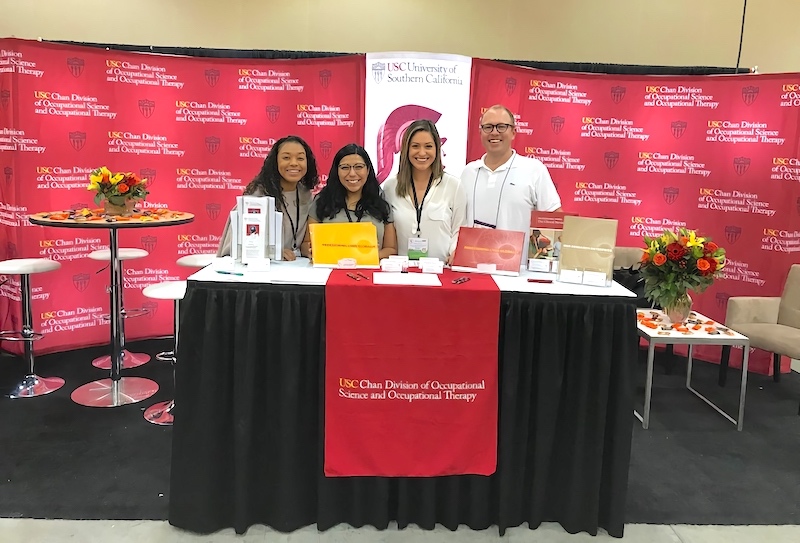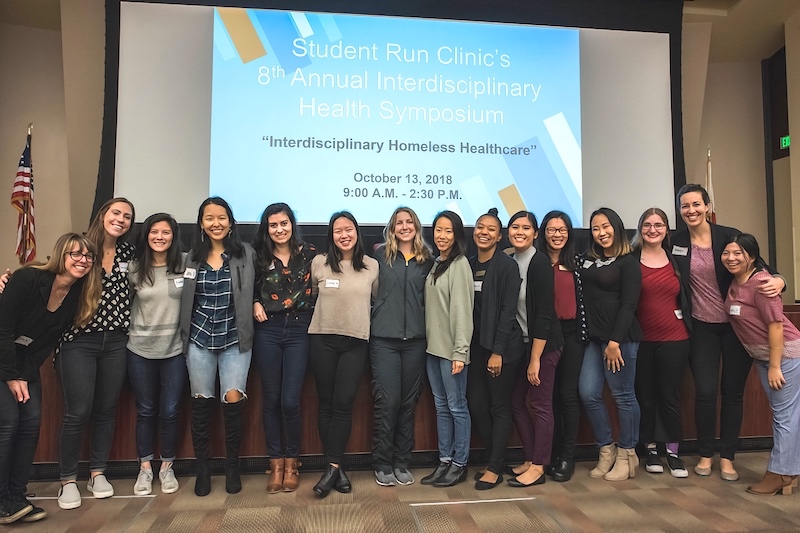Student Blog
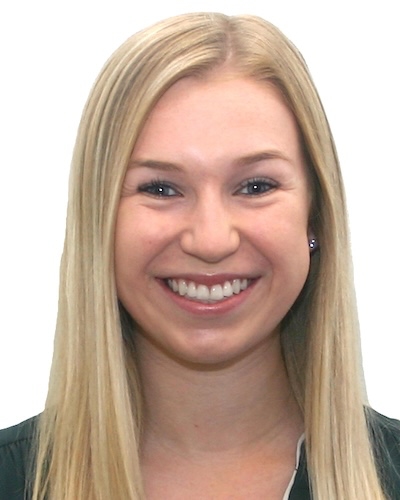
From Patient to Practitioner ⟩
October 30, 2018, by Jessica P.
Growing up as a competitive figure skater, I was no stranger to frequent emergency room visits. From broken bones to run over fingers, I had it all. For me going to different orthopedic doctors and physical therapy was as much part of my weekly routine as going to school or practice. I think this is where my love of the healthcare fields grew. I knew firsthand how much different injuries impacted my own engagement in one of my favorite occupations, figure skating.
My senior year of high school, while training to compete for Team USA, I suffered an injury while practicing lifts with my teammates. I was devastated that my competitive career had to come to an end and I felt like there was a hole in my life where the sport I had dedicated my life to once was. Luckily, I was able to find ways to stay involved with the sport as I left for college. I joined the USC Ice Girls and cheered on the USC men’s ice hockey team at weekly games. I even learned how to use hockey skates for the first time in my life, which is no easy feat for a former figure skater! I felt that this experience really helped me understand some of the transitions in roles that my patients also go through when they can no longer engage in their meaningful occupations in the same way that they once did. But still, when I would meet a lot of my patients I would think to myself “I can’t even imagine what they are going through.”
And it was true, until this past year. After a complication from a routine surgery in January, I spent the first week of my spring semester in Keck Hospital of USC. This experience completely changed how I look at and approach a lot of my patients, especially when working in an inpatient setting. I finally felt I could understand what it was like to be in this unfamiliar environment, in a bed that’s not your own, and machines beeping at all hours of the night. All I kept thinking was, I want to get back to class. My biggest role at that time was that as a student and because I wasn’t able to participate in that, I didn’t know what else to do.
My interactions with my own healthcare team taught me lessons about what I liked from these providers and what I hope to provide to my patients. I think it renewed my therapeutic use of self, especially in taking an empathetic approach with everyone I encounter. While being a patient is not usually a fun experience, it was a valuable one.
⋯
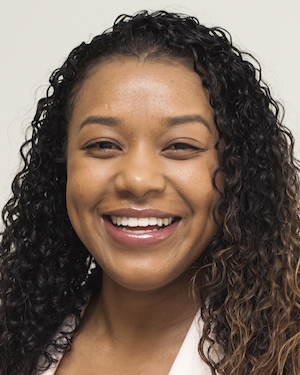
2018 OTAC Annual Conference ⟩
October 29, 2018, by Serena
This past weekend the Student Ambassador team and I set up USC’s booth for the Occupational Therapy Association of California (OTAC) Annual Conference in Pasadena. I wanted to share a few pictures of the booth that attracted so many occupational therapists and occupational therapy students interested in the many programs that we have to offer. In particular, there was much interest in the Doctorate of Occupational Therapy (OTD) program, Doctor of Philosophy in Occupational Science (PhD) program, and Lifestyle Redesign®. However, there was an overwhelming interest in our USC stickers and Halloween candy!
Poster board of the many USC Trojans receiving OTAC awards and presenting at the OTAC conference with the beautifully displayed USC Chan Division pens.
⋯
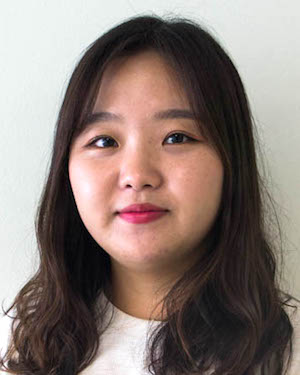
Pre-Master’s Program for International Students ⟩
October 29, 2018, by Goeun
Admissions International Life Hacks
Many international students think that they should be prepared all before they apply for a Master’s Program and before they come to study abroad. However, there is one other way which I did and I want to introduce to you. I learned English in the USC International Academy before I start my Post-Professional Master’s program in our division. The program was called Pre-Master’s Program and I’ll tell you more detail.
- How to apply
The process of application is basically the same: we need a personal statement, letter of recommendation, GPA, but one major difference is that we don’t need GRE score yet to get into Pre-Master’s Program. Actually, this program helps us prepare GRE and meet the score. Also, there is no specific deadline but be sure to think about the start date of your Master’s Program. - What to learn
Once you apply for the program and get admitted, that means you’re conditionally accepted to Master’s Program! In the Pre-Master’s Program, you’ll learn three core courses which are writing & grammar, reading & vocabulary, and communication skills, and two elective courses depending on your choice (e.g., GRE, public speaking, job-ready, American cultures, academic integrity, etc.). - How to transfer to Master’s Program
To transfer to Master’s Program, you need to get an average B score in core courses and C on your elective courses. Also, depending on your Master’s Program, you need to meet your GRE score during the Pre-Master’s Program.
For me, it was a great experience to not only learn English and different teaching styles from my country but also meet many students from different countries and different majors. If you want to apply to school but worried about your English proficiency, think about this way!
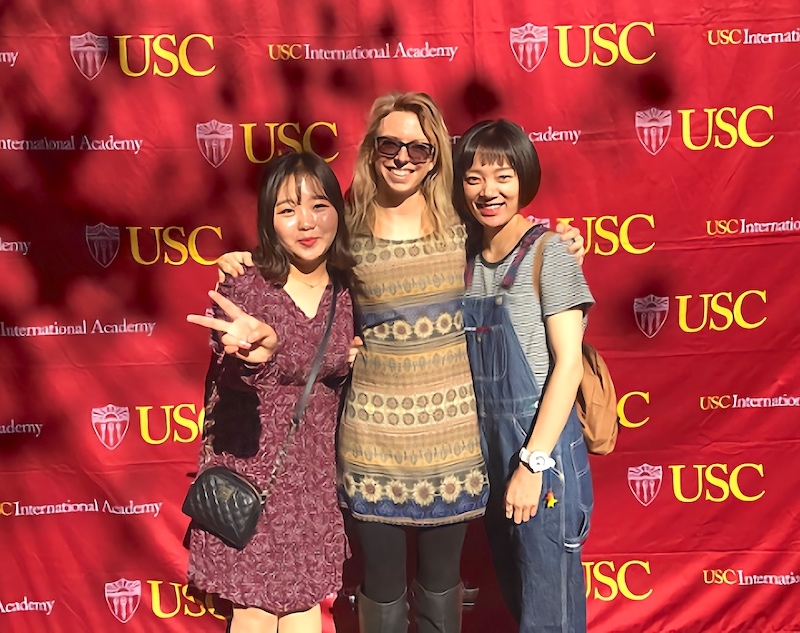
Ending ceremony is held each semester to celebrate students who graduate from USC International Academy.
⋯

Student Run Clinic’s 8th Annual Interdisciplinary Health Symposium ⟩
October 29, 2018, by Serena
At USC Student Run Clinic‘s (SRC) 8th Annual Interdisciplinary Health Symposium, students from Medicine, Physician Assistant (PA), Pharmacy, and Occupational Therapy (of course!) programs explored healthcare topics related to homelessness in Los Angeles.
There were many honorable guest speakers doing fantastic work in their respective fields. One was a Physician Assistant and USC alumni, Brett Feldman. However, his documentary Close to Home: Street Medicine was nominated for an Emmy so he was unable to make it.
Another honorable speaker discussed her experiences receiving healthcare as a woman living on Skid Row. She shared her wisdom and advised us to
- meet the patient where they are at or else we will experience burnout.
- put the person first and not the chart, start off by asking, “How are you today?”
- make sure our services come from the heart.
She was asked, “What is the most difficult thing about being homeless?” She replied back that the cold, wind, and finding a restroom were the most challenging aspects about being homeless. Her next comment struck me, which was that “No one teaches you how to be homeless.”
As an OT student I was intrigued by this statement. OTs acknowledge how lifestyle changes when one becomes homeless. We focus on developing ways to address challenges that come with new daily activities such as changes in sleep and toileting routines. It was a huge eye opener that the area that she listed to be her number one challenge was a specific area that OTs address.
Dr. Stephanie Moon, who is an occupational therapist at the Student Run Clinic advocated so passionately and eloquently about the many ways that OTs can help promote health in the homeless population. She proudly stated how OTs are the “Masters of Function”, how our secret sauce is activity analysis (looking at how difficult a task may be for a person), and the importance of addressing occupational deprivation (the loss of ability to participate in activities that are meaningful). Dr. Stephanie Moon stayed true to the creativity that OTs bring to the healthcare system by sharing a story on how she compiled recycled cardboard to create an elevated surface that would allow a patient who was homeless to experience better sleep quality.
Attending the 8th Annual Interdisciplinary Health Symposium was a wonderful experience. I loved gaining different perspectives and learning about more ways to better advocate for the field of OT.
Occupational therapy students representing the profession at the Student Run Clinic’s 8th Annual Interdisciplinary Health Symposium
⋯
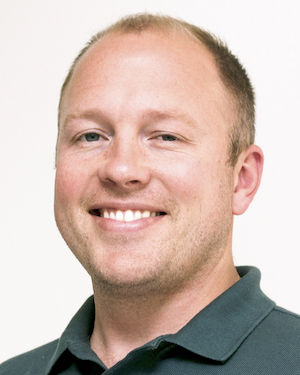
2018 OTAC Conference Student Knowledge Bowl ⟩
October 27, 2018, by Evan
This weekend is the annual conference of the Occupational Therapy Association of California (OTAC) and I am having the time of my life. What a privilege to spend a weekend learning more about unique and meaningful applications of occupational therapy from future colleagues, and spending time with my professors and fellow students in a professional setting. This morning was the annual student knowledge bowl, and I’m happy to report USC had a great showing. We took 2nd place overall, from a diversified field of many OT and OTA programs across California, and I’m so proud to have been part of the team. The format of the competition utilized past questions from the NBCOT licensing exam, so in addition to being a lot of fun the session proved to be a valuable learning experience for participants and audience members alike. I want to especially thank Tracy, Jesse, and Joyce for waking up early and representing our school. Fight On!
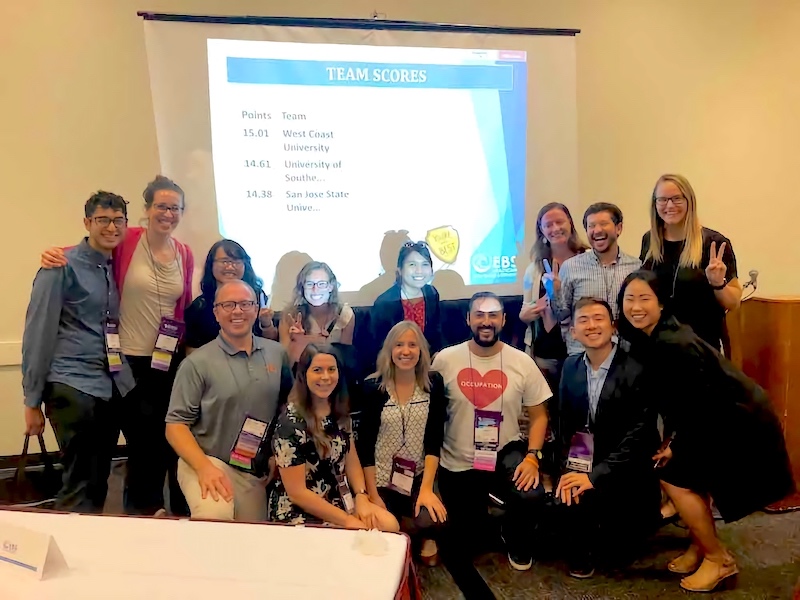
⋯





